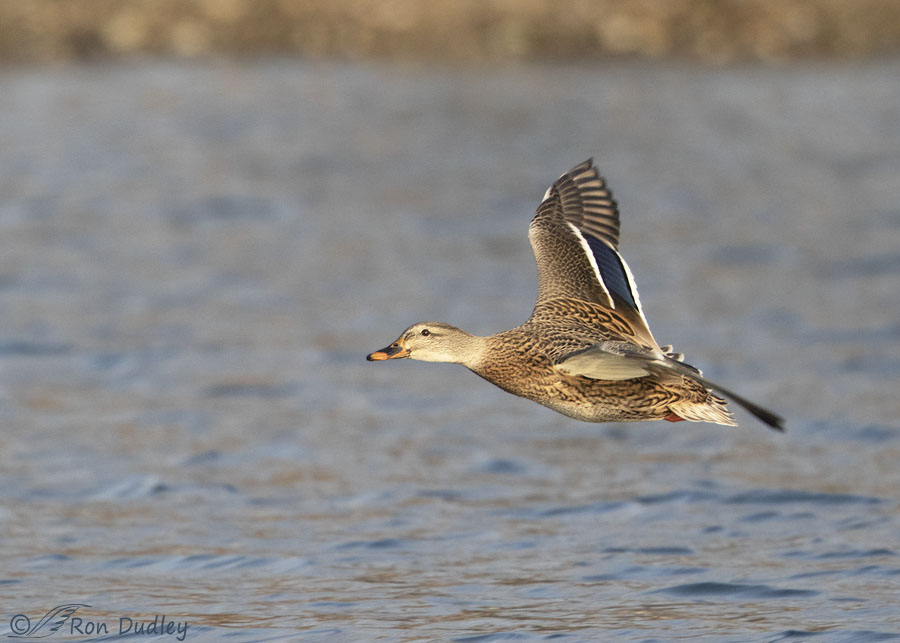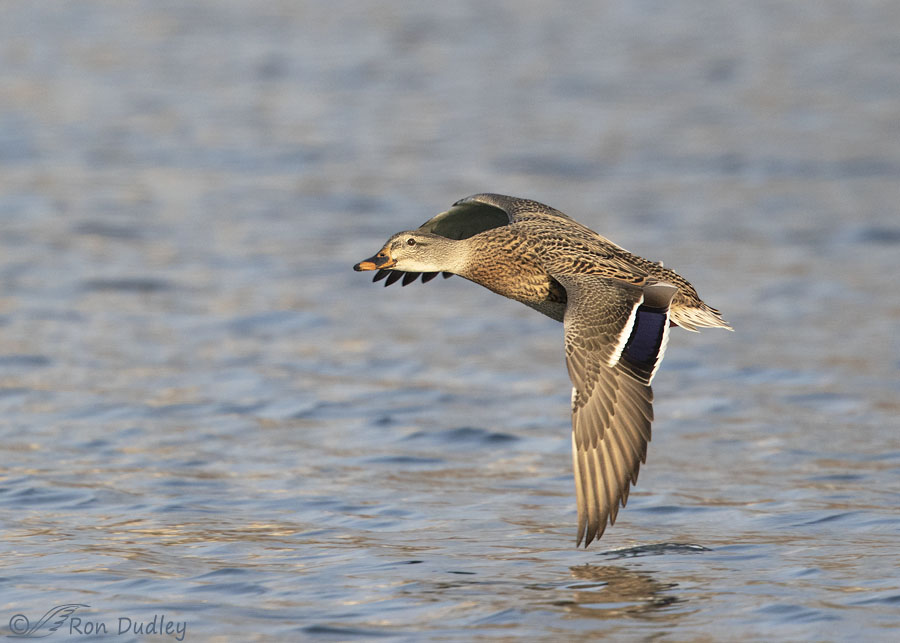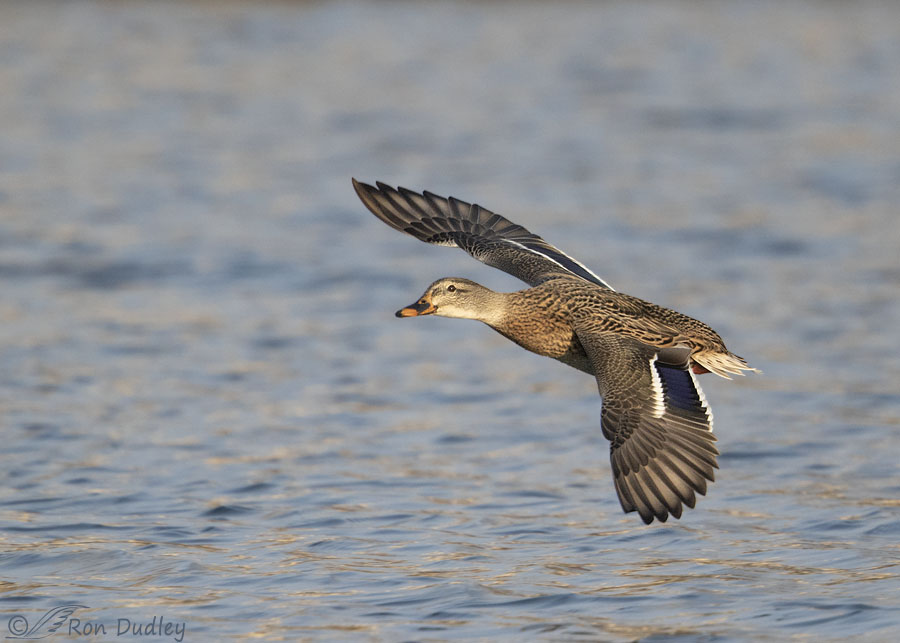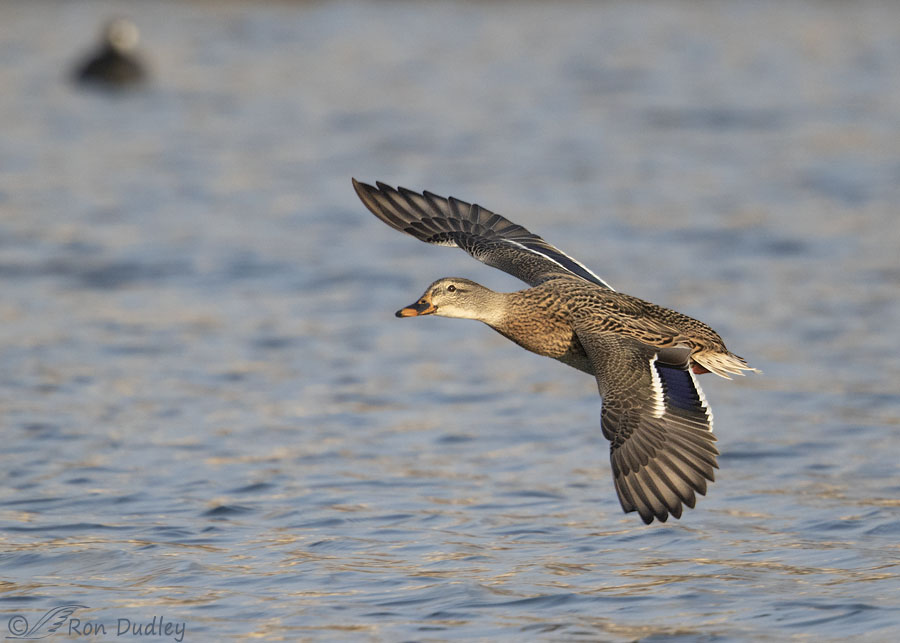A species too often ignored by bird photographers. I’m guilty of it myself so it’s time for atonement.

1/3200, f/5.6, ISO 800, Canon 7D Mark II, Canon EF 500mm f/4L IS II USM + EF 1.4 III Extender, not baited, set up or called in
Especially in winter I spend time at several local ponds looking for interesting birds to photograph and given the opportunity I’ll always take a stab at a Mallard in flight. Mallards may be common but I think both sexes can be beautiful in flight and ducks on the wing are always great practice for the bird photographer. Like most bird photographers I need all the practice I can get.
One year ago tomorrow I caught this female as she was coming in for a landing on one of the ponds. She was glowing in warm late afternoon light, my shooting angle was a good one and she was mostly gliding on her approach so she was a little easier than usual to keep in my viewfinder. I managed to get three sequential sharp shots during her approach.
The far shore of the pond in the upper background…

1/2500, f/5.6, ISO 800, Canon 7D Mark II, Canon EF 500mm f/4L IS II USM + EF 1.4 III Extender, not baited, set up or called in
disappeared as she descended closer to the pond’s surface and began to flare out ever so slightly. At this point she still had some serious speed so I was pleased to keep her both in frame and in focus.

1/3200, f/5.6, ISO 800, Canon 7D Mark II, Canon EF 500mm f/4L IS II USM + EF 1.4 III Extender, not baited, set up or called in
After this next shot in the burst I began to lose focus on her.
I was happy to get the series but at these ponds there’s often a fly in the ointment and more often than not the fly is…

a distracting coot somewhere in the background. Even when a coot is softened by the bokeh its bright white bill still stands out like a sore thumb so in this case I amputated the offending digit in the previous version of the same photo. This is what the photo looked like prior to surgery.
Because of rotten weather and light it’s been almost a week since I’ve been out shooting anywhere other than the ponds so I’m about to go stark raving mad. But it’s looking like we might have a few intermittent breaks in the clouds over the next four days before the next big storm rolls in.
So for the first time in much too long I’m hopeful to finally get “out there” again.
Ron


PS: Coots! Their everywhere! Wasn’t there a horror movie made a long time ago with a line, “their everywhere”. At the moment, just can’t remember. But with coots around, can be like a horror movie.
The Widgeons show up last week. Pure sign winter is around the corner for S. Arizona, if you want to call it that. Time to practice my flight shots, once it stops raining!
🙂
PS: Coots! Their everywhere! Wasn’t there a horror movie made a long time ago with a line, “their everywhere”. At the moment, just can’t remember. But with coots around, can be like a horror movie.
Are you thinking of the Hitchcock movie “The Birds”?
You captured the wing colors so well. Speculum: another term to impress my birder friends with:)
Thanks, Lyle. Hope your friends are duly impressed! 🙂
She’s beautiful! I had a very tame mallard pair growing up, Fuzzy and Flopsy, so they have a special place in my heart. Question…..How did you maintain focus as she was flying in?
Thank you. I appreciate your high standard of self constructive criticism. It provides me with high bars to reach.
The answer to your question is complicated, Jacquie. I’ll just say it takes lots of practice, developed skill and often at least a smidgeon of luck. It certainly isn’t easy with a bird in flight.
I approve of the cootectomy in the 2nd shot. 😉 As much as I love Coots, I’d prefer to have no distractions while looking at the gorgeous shot of the Mallard with all her flared finery. 🙂
As with so many species, being plentiful in no way distracts from their inherent beauty.
“Cootectomy” – wish I’d thought of it, Marty.
She just about glows.
Beautiful, beautiful, beautiful.
I do hope you get a break in the weather, but love trawling through your old files as well.
“She just about glows”.
Agreed, EC. The magic of warm light…
Lovely! 🙂 She is a lovely bird and you captured her well in the warm light. They can often seem “drab” but not this lady… 🙂 Coots are the bane of duck hunters as well as photographers at times…….. I’ve heard many an “invective” directed to towards them…….. 😉
“They can often seem “drab” but not this lady”
Judy, the warm light made a big difference in that regard, as did the decent look at her speculum.
Around here hunters often disdainfully refer to coots as “mud hens” (as if somehow they were all females…).
Love the shots! Thanks, Ron. And I love the “common” birds – Mallards, Coots et al. It’s a pleasure to know that some other species are doing OK and are not in imminent danger from us people. Although I have to say Coots aren’t too common up here in Massachusetts so it’s great to get a look at them. It’s also heartening to hear that some folks put off their sailing for the ducks!
Sorry for your photography frustrations. I hope the weather clears for you. Soon!!
I agree with you about the “lack of immanent danger” represented by common species, Joanne. Well said.
Love the female mallard! I agree they provide good practice in their landing glides. For some reason her facial markings, the slight turn of her bill, and (if one gets) the proper catchlight in her eye always reminds me of the ‘Mona Lisa’ smile…just barely there. The male is handsome with his colors but she is a serene beauty.
“Mona Lisa smile” – Well, that did it Kathy. It’s a weird connection but somehow it brought Kim Carns’ “Betty Davis Eyes” to my mind so I’m sure I’ll have that earworm all day long. It could be worse, I always liked that song… 🙂
Aaaaand, thankyouverymuch, Ron. Now I have the earworm. 😛
I’ll send you a bill, Marty… 🙂
I should be billing YOU! 😉
Such a pretty girl. Thanks, Ron.
You’re very welcome, Sarah.
When I got to the last photo, I laughed out loud. Those coots! They’re everywhere on our ponds now. The flotillas can be impressive, and their conflicts with one another are amusing, but they do ‘mess up’ a lot of shots.
I like mallards, and I like these images. Around here, they’re so accustomed to humans that they’re quite sociable. They’re also prone to making nests in coils of line on boats, or nesting in cockpit pockets. It’s great for them, until someone wants to go sailing, or the babies need help getting to the water, but people are tolerant of them. I’ve known people to put off sailing until the eggs hatched.
“I’ve known people to put off sailing until the eggs hatched”
That gives me some hope regarding my own species, Shoreacres.
In late winter and early spring coots are great fun for the bird photographer because of their extremely pugnacious behavior that time of year. But I’ll admit to struggling a little having patience with them in some other situations.